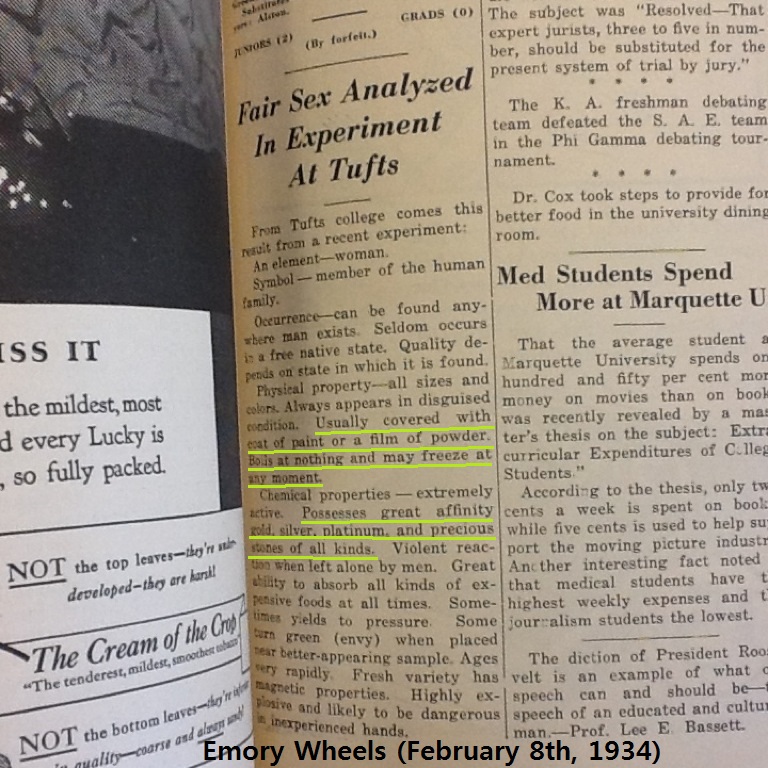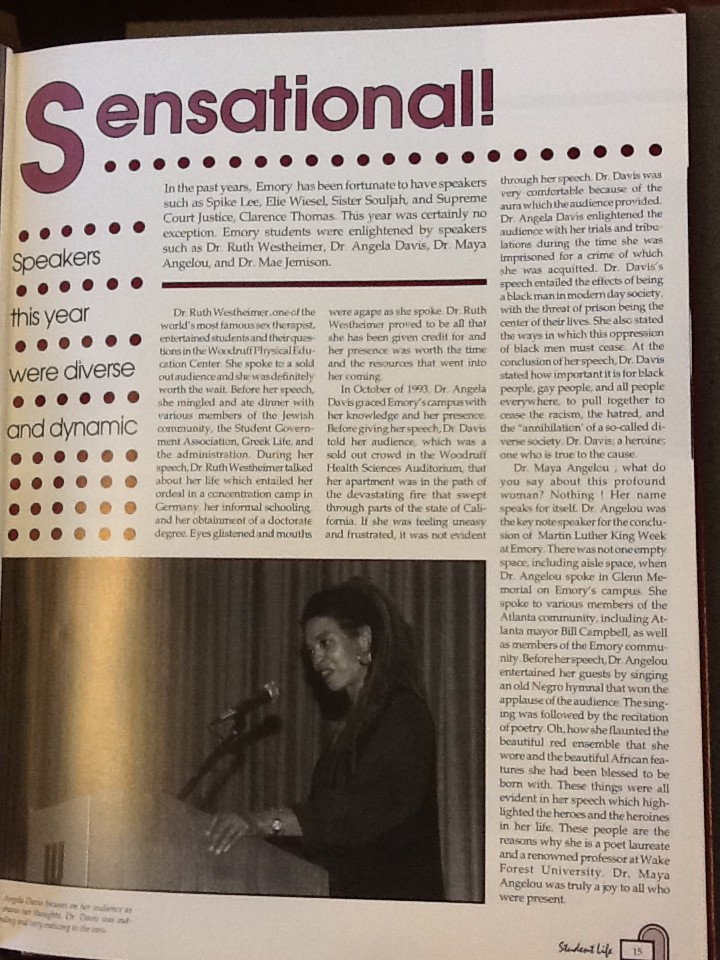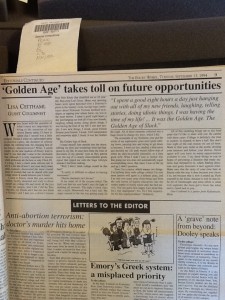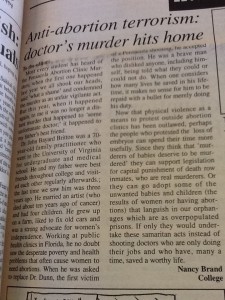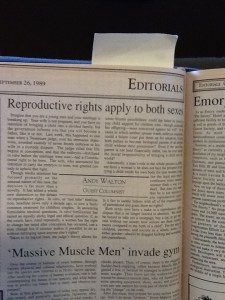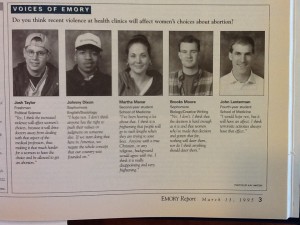I remember myself laughing after seeing a bumper sticker that said “Female Asian Driver, Good Luck Everyone Else!” Even though we know such ‘stereotype jokes’ can be very offensive to some people, many people tend to enjoy them. I am an Asian male student who drives, but I just laughed about the joke, simply because it was funny (or maybe because I was only half-mocked by the sticker). After finding an article called “Fair Sex Analyzed In Experiment At Tufts” in The Emory Wheel printed on February 8th, 1934, I noticed that exactly the same type of joke have been around for at least 78 years. This made me think that some aspects of sexuality maybe are not changing much.
The article, almost surely written by a man, makes fun of women in general by describing their stereotypical characteristics in a way that a scientist would describe chemicals. Many descriptions such as “Usually covered with coat of paint or a film of powder”, “Boils at nothing and may freeze at any moment”, and “Possesses great affinity [to] gold, silver, platinum, and precious stones of all kinds” may be insulting to many women, but I was surprised by the fact how similar this 78-year old article was to present-day stereotype sexist jokes. This finding, in turn, reminded me of my past realization that the traditional roles of men and women of many cultures do not vary much.
Growing up in Korea and New Zealand, and attending an American college, I saw almost the same expectations and demands from men and women of all ethnicities I have encountered. Even with major differences among these cultures, including what people wore, ate, and used, the man-woman relationship had pretty much the same theme in their histories. In the time when the East and West did not know about each other, both cultures and even Māori tribes, the natives of New Zealand, assumed that men were supposed to protect and earn money or food for the family, and women were responsible for cooking, raising children, and looking pretty. Even just the idea of marriage and its commitment arising spontaneously in the same way in different cultures tells us that humans have properties toward sexuality that are somewhat inherent and universal (I am referring to each culture’s heterosexual norms). I am not saying we should stick with these stereotypes nor suggesting that we should necessarily break these stereotypes. I think we should at least note what we are born with.
Today, we are trying to promote equal opportunities for all sexualities, but in certain cases, we cannot do so perfectly. For example, we do not expect male soldier’s combat efficiency from a female soldier, and in fact, that is the reason why female soldiers do not get assigned to frontline infantry positions in the US Army. In creating a society of equal rights for people with all kinds of sexual identities, understanding what we have and have not changed, and what we can and cannot change will be a key to more progressive society. Above mentioned jokes may be written in very casual way, but it could reveal more about how we should approach making changes in our minds.
Source

